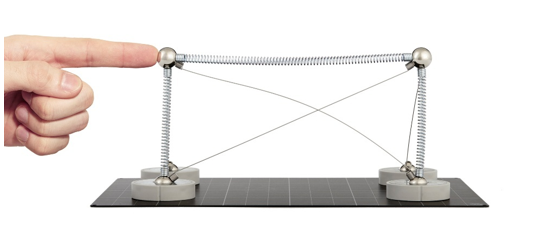Previous Quizzes
Winner of the Quiz
Justin Mickens
Parsons
Mola Quiz Challenge – Week 2
12 - 18 Jun 2025
Frame Stability
Estimated Time: 2–3 min quiz | PDH/CPD: 0.75 hr (incl. review & study) | Difficulty: Advanced
Question: How does the addition of diagonal bracing affect the seismic performance of a two-column portal frame under lateral loading?

- It increases overall mass, reducing acceleration demand
- It enhances lateral stiffness and stability, reducing risk of collapse
- It redirects seismic energy into the foundations
- It eliminates the need for flexural ductility in columns
Explanation
Explanation: Adding diagonal bracing to a portal frame significantly improves its lateral strength and stiffness, reducing the risk of sudden collapse during an earthquake. A frame without bracing relies entirely on flexural behavior and may sway excessively or fail if detailing is inadequate. With bracing, the system transitions from a sway mechanism to a stable triangular load path that resists shear forces, simulating the effect of shear reinforcement in piers. This helps ensure a more ductile and predictable seismic response.
Learning Resources:
• FEMA P-1050-1, NEHRP Recommended Seismic Provisions – Chapter 8: Structural Steel and Concrete Frames
• Case Study: Northridge Earthquake (1994) – Collapse of non-ductile concrete frames
• Research: “Effectiveness of Diagonal Bracing in Seismic Response Mitigation,” Journal of Structural Engineering
• Mola Visualization: Build a two-column portal frame with a beam on top using the Mola kit. Introduce rotational joints at the column bases to simulate plastic hinges. Apply a lateral load at the beam level and observe the sway mechanism. Then, add diagonal bracing between the columns to demonstrate how shear reinforcement stabilizes the system and prevents brittle failure. This models how ductile flexural behavior (hinges) contrasts with unstable, shear-prone behavior when lateral strength is insufficient.